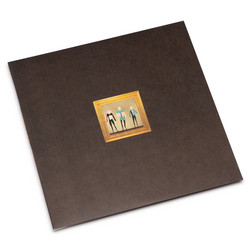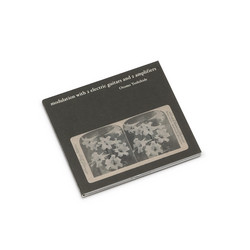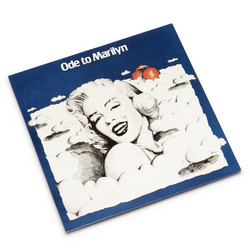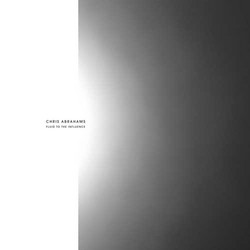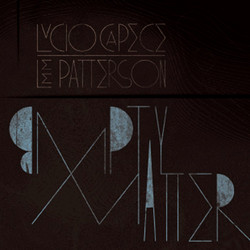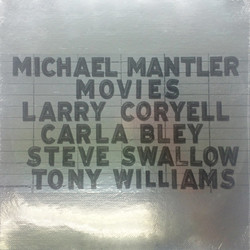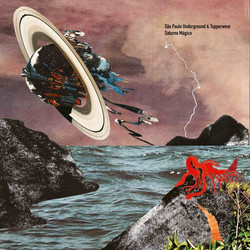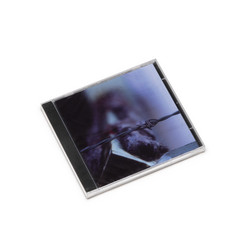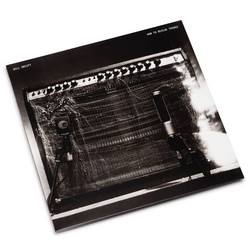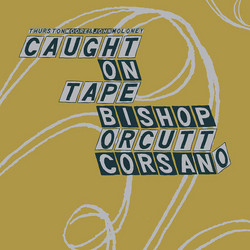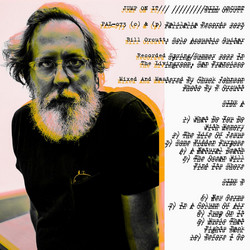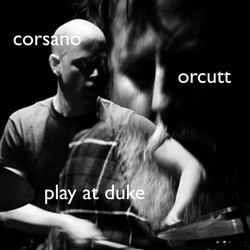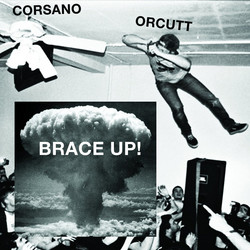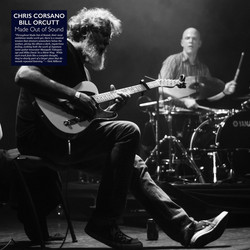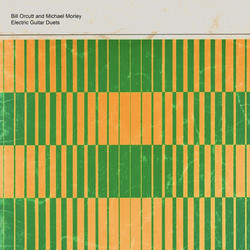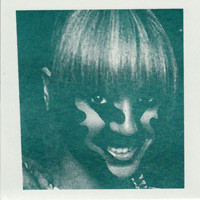Huge Tip! With "The Anxiety of Symmetry," Bill Orcutt closes his “counting” trilogy by pushing his computer music experiments into unexpectedly melodic territory. Using his custom software, Cracked, Orcutt arranges six samples of female voices, each singing a number corresponding to the first six notes of a major scale. Across two 15-minute improvisations, he weaves these fragments into a hypnotic tapestry, where the boundaries between noise and harmony dissolve. The effect is both mathematical and emotional, evoking the minimalist rigor of Steve Reich and the playful electronics of Dan Deacon. The album’s structure is deceptively simple, yet the permutations create an evolving, trance-inducing soundscape. "The Anxiety of Symmetry" stands out for its ability to mesmerize, inviting repeated listens and revealing new details each time. Orcutt’s mastery of both concept and execution ensures this album is a fitting, innovative conclusion to his trilogy, and a testament to his restless creativity
With the release of The Anxiety of Symmetry, Bill Orcutt completes his trilogy of “counting” albums on the Fake Estates label, following Pure Genius (2020) and A Mechanical Joey (2021). All three albums are crafted using Orcutt’s own Cracked computer music software, highlighting his innovative approach to experimental sound.
The Anxiety of Symmetry features two 15-minute improvisations built from six samples of female voices, each singing the number of the corresponding note value in the first six pitches of a major scale. These samples are arranged into compact, ascending phrases (“1-2,” “1-2-3,” etc.), which are looped and layered. The interplay of these loops—with their uneven lengths—creates complex polyrhythms, syncopations, and harmonies, resulting in a soundscape that is at once methodical and subtly unpredictable.
On the surface, The Anxiety of Symmetry is unusually serene for Orcutt, evoking Minimalist classics such as the “Knee Plays” from Philip Glass’s Einstein on the Beach (which also employs sung numbers, though without a direct pitch-to-number relationship) and the breathy soprano voice loops in “2/1” from Brian Eno’s Music for Airports. However, the album’s title is drawn from Orcutt’s essay in the Spectres III anthology, which explores the compulsive behavioral condition known as “Just Right” and its parallels in music-making. Orcutt suggests that for those with such compulsions, computer software can mediate their fixation with repetition and symmetry, enabling both therapeutic engagement and the creation of music with a scale and density unattainable by traditional means.
This extra-musical process aligns The Anxiety of Symmetry with the quasi-Minimalist compositions of Hanne Darboven, whose works are based on mathematical calculations derived from the calendar. The album’s polyphony echoes Orcutt’s recent Music for Four Guitars, but also marks a departure from both Pure Genius and A Mechanical Joey. While A Mechanical Joey bypassed melody and harmony in favor of relentless looping and subdivisions of Joey Ramone’s iconic count-offs, Pure Genius juxtaposed spoken numbers with corresponding sine tones. In contrast, The Anxiety of Symmetry merges pitch and counting by having the numbers sung, collapsing the distinction between the two.
Stripped down yet excessive, The Anxiety of Symmetry is less a deconstruction than a radical new form of subversive easy listening, demonstrating Orcutt’s ongoing exploration of the boundaries between human compulsion, machine logic, and musical possibility.

